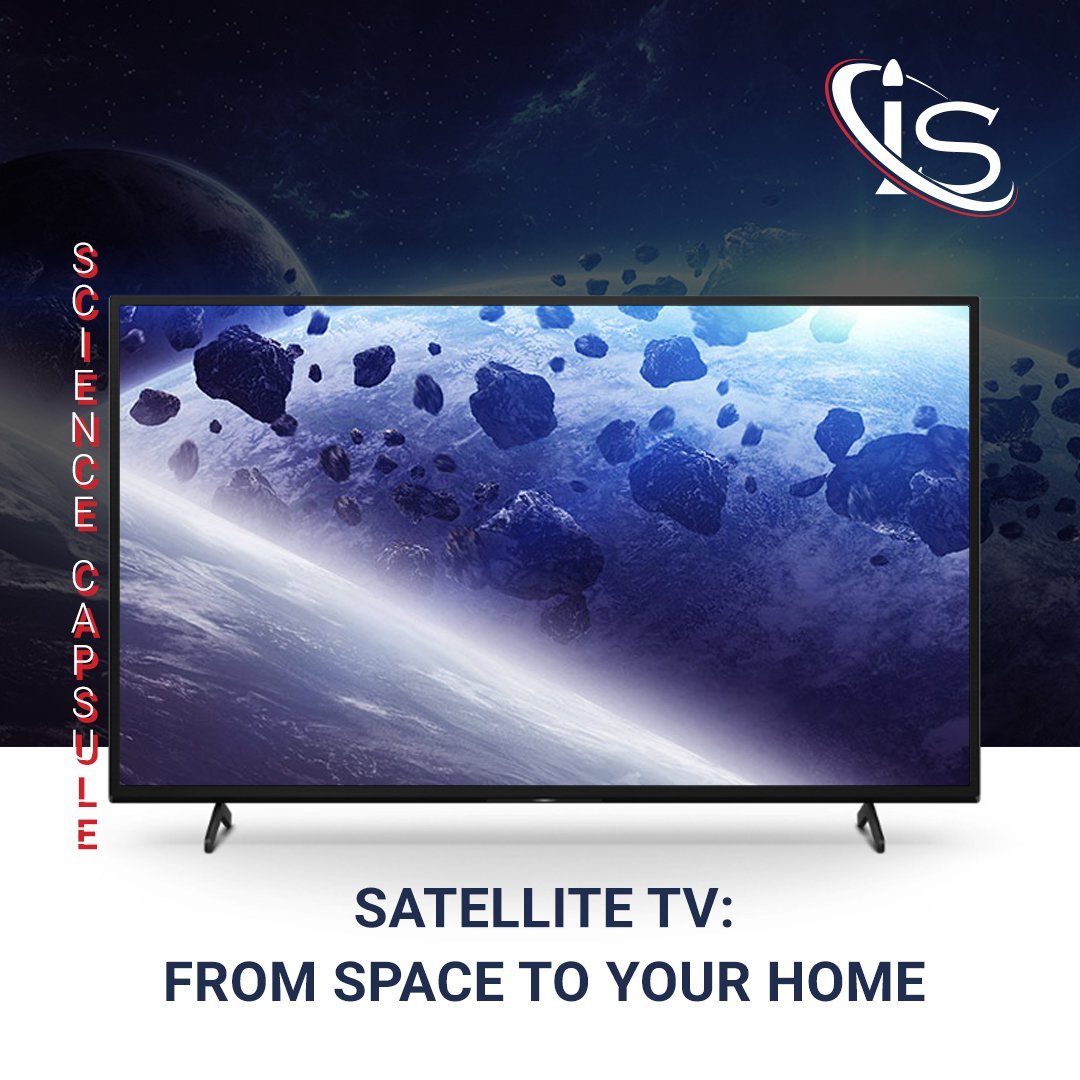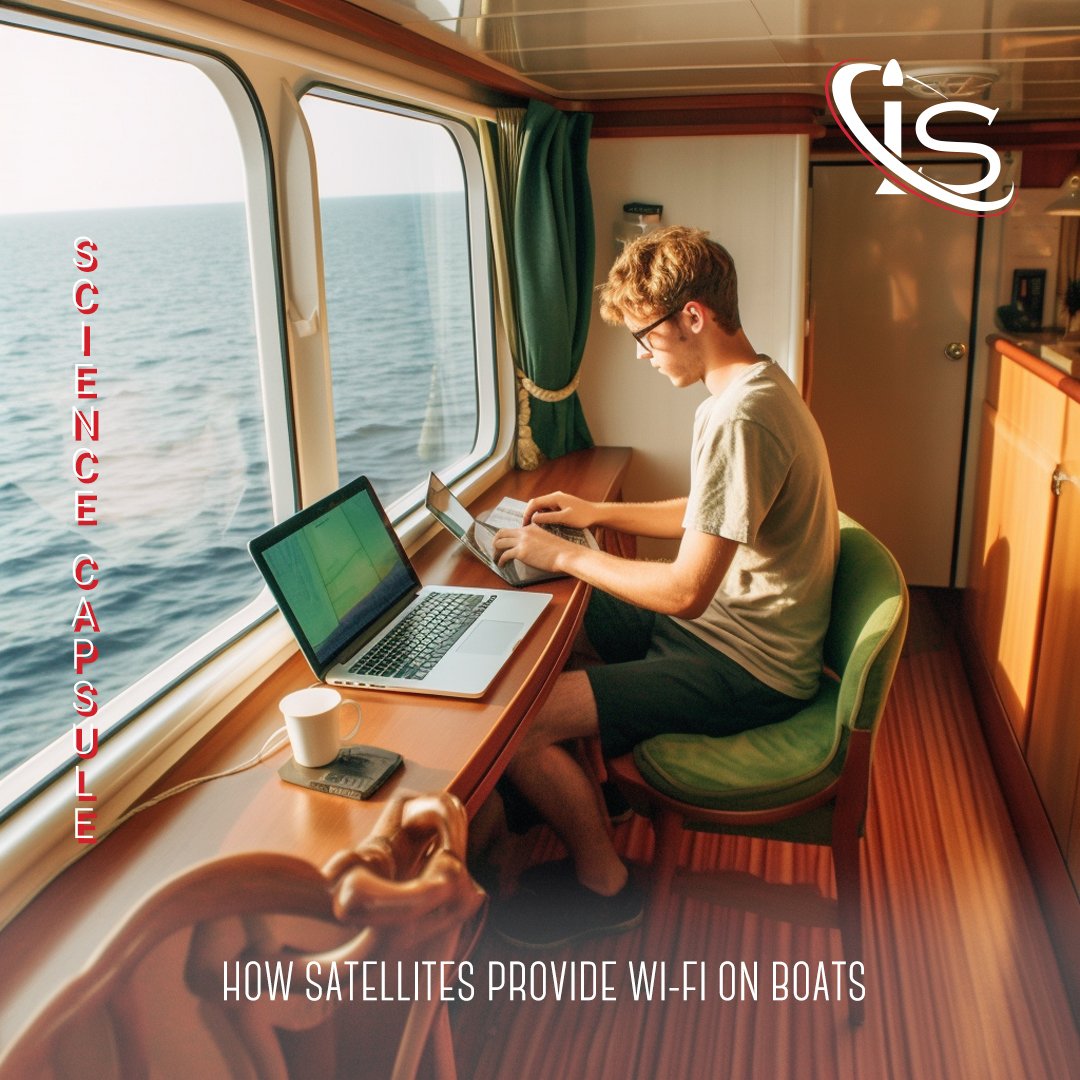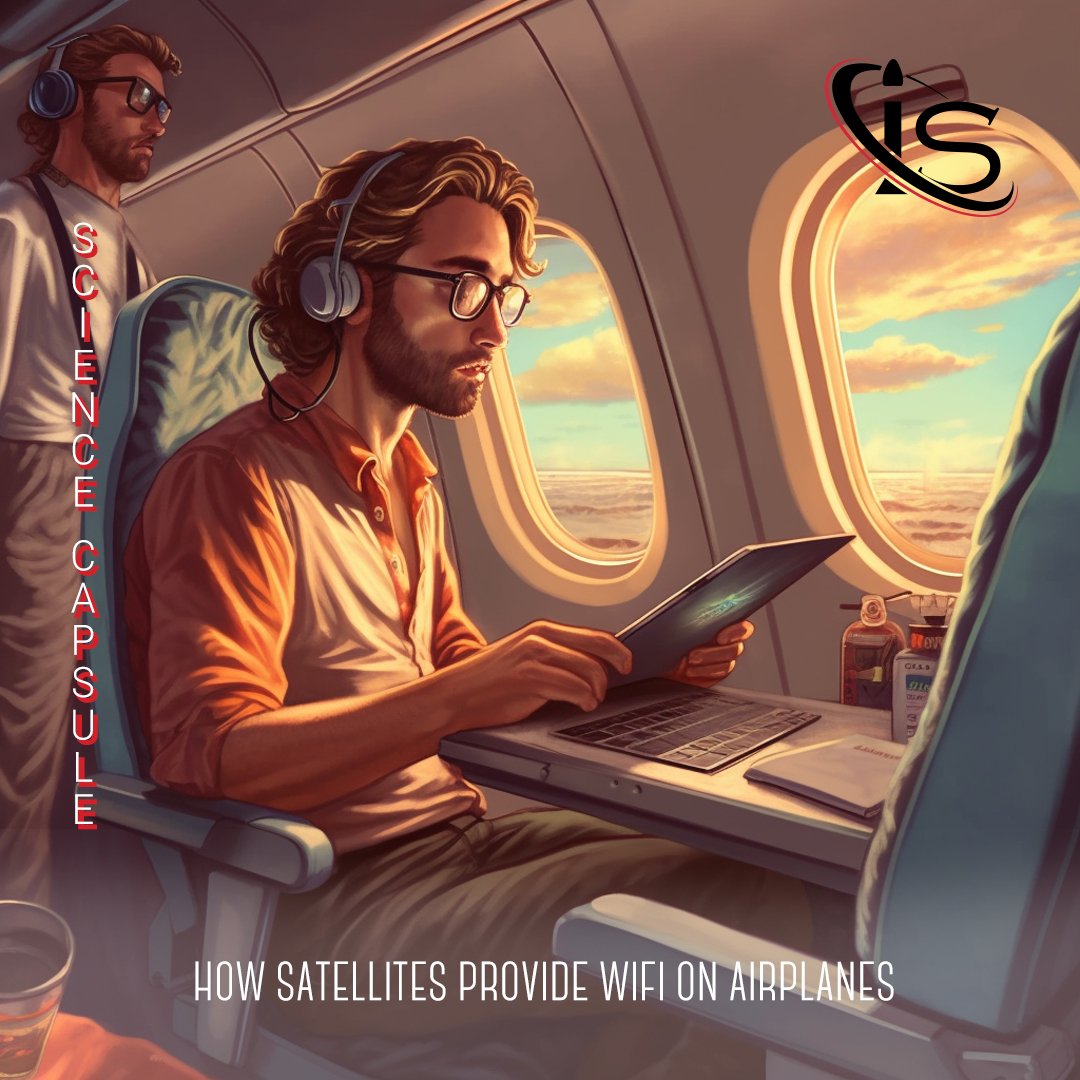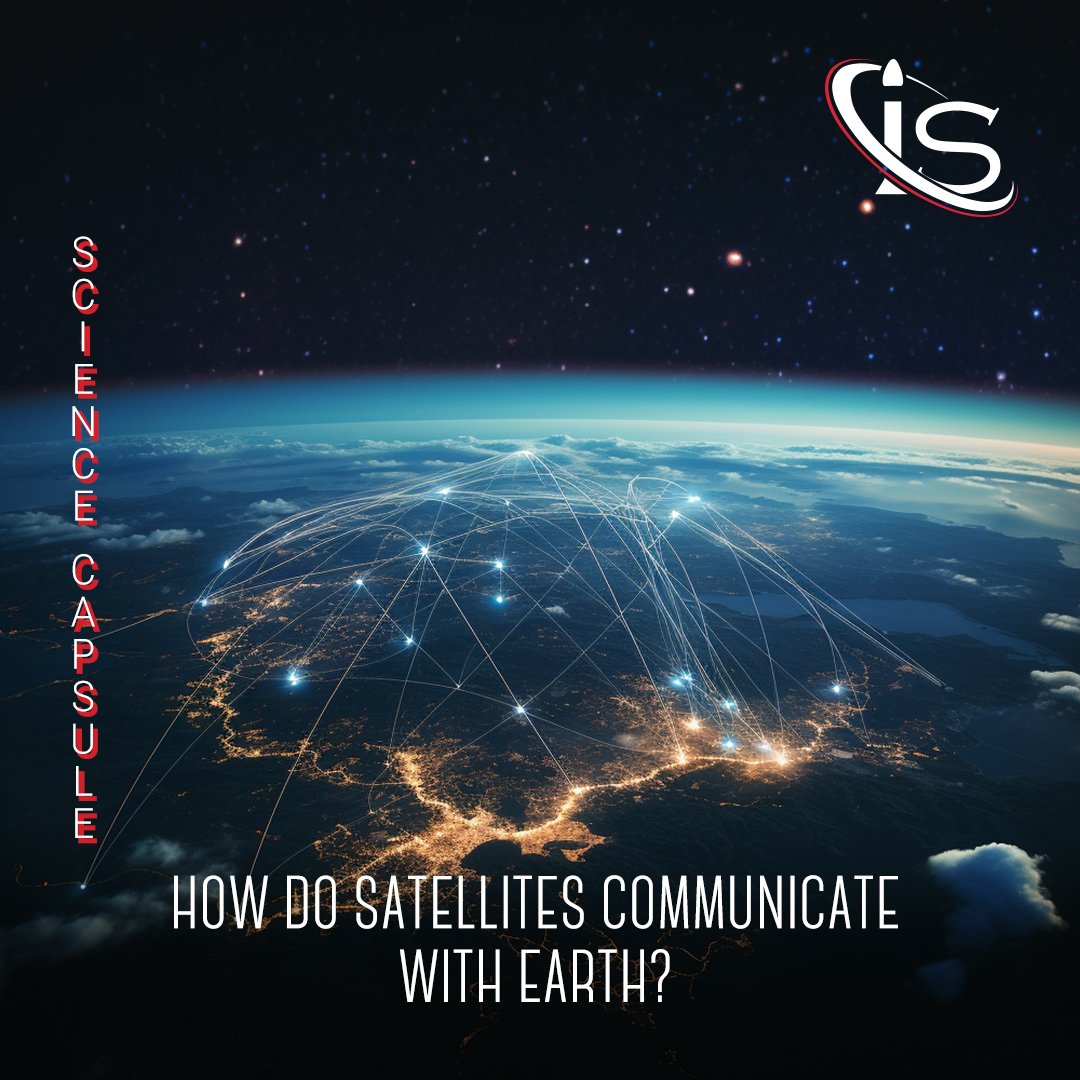Welcome back, everyone, to another capsule on satellite technology. Previously, we have discussed how satellite TV and photography work. So, this seems like the perfect opportunity to begin talking about another service that satellites can provide: the internet. In particular, this capsule will explore how satellite internet works, how it differs from cable internet, and what the future of this technology looks like. With that being said, it is time to jump into this topic.

Internet Basics
The way boats receive internet signals from satellites is similar to the way satellite TV functions. In fact, the same can be said for how any device is able to stay connected to the internet. At least for any device that is connected to the web via satellites.
The standard way to connect to the internet does not involve satellites. Instead, the provider will get the signal from a group of data servers via fiber. It will then move the signal to a hub, which is responsible for distributing said signal to the individual modems. However, this only works if the modems are within the so-called fiber zone. This is the area where a modem can be connected via cables to the local hub. Something else to consider is that while the hub may be connected via fiber, a lot of individual modems still use standard cables. The result is a slower connection speed for those modems, as normal cable do not carry signals as swiftly as fiber.
A similar concept applies to something like a cellphone. While it will obviously not be connected via cables, the internet signal received from a phone will get progressively worse the farther away it moves from the local hub.
Satellite Internet
This is where satellites come in. Much like they can cover much wider areas by themselves for TV services, satellites can provide internet to places all over the world. The way this works is similar to what we just discussed for modems connected via fiber. The key difference, however, lies in the presence of an antenna here on Earth in place of a hub. This is called an “earth station” and is what relays the internet signal to a satellite via radio waves. As was the case with satellite TV, the satellite will send the signal back to Earth where it will be received by an antenna. Or, as it is often referred to, a dish.
A Two-Way Street
While the antenna may be the major difference between satellite and fiber internet, there is something else that sets satellite internet apart from satellite TV. In the case of TV, the satellite dish only needs to be able to receive a signal. Once it does, there is no need for it to relay anything back. That, however, is not the case with internet signals.
Dishes that are used for the internet must have the ability to both receive and send signals. Furthermore, there is a lot more data in play compared to what is broadcast for TV.
And while this is the main difference between satellite internet and TV, it is not the only one. So, let us take a deeper look at how exactly satellite internet works, and what sets it apart from its TV counterpart.
Spot vs Single Beams
Due to the one-way nature of TV broadcast signals, satellites will send these out as one singular beam. In other words, one beam will be providing coverage to an entire region. That is not the case with internet signals. Because these go to and from the dish on Earth, the satellites sending them out will use “spot beams”. These are aimed at smaller, designated areas and will consist of both the signal coming into the dish and the one going back out to the satellite.
One thing to keep in mind is that internet satellites still have to operate within a specific range of the electromagnetic spectrum. So, their signals do not have access to an infinite number of frequencies. The way to compensate for this is through using polarization of the signal to break it up into bands. We actually touched on a similar concept with the satellite images capsule. Although there we were just focused on which bands a given satellite can pick up, as opposed to also looking into which bands it uses for its transmissions. But the general concept is the same. Except, here, the bands are used to utilize a given frequency range as fully as possible. As technology advances, so does the ability to efficiently use these ranges.
LEO vs GEO
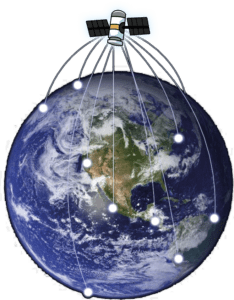
As is the case with satellite TV, the location for satellites that provide internet coverage is the GEO (Geostationary Orbit). However, that has been changing in recent years. While staying in GEO offers its fair share of advantages — such as covering a wide area with a single satellite — there are some drawbacks to take into account as well. The main one is the delay experienced in receiving the satellite’s signal. Even though these are electromagnetic waves traveling at the speed of light, it still takes a bit of time to go from GEO back to Earth. Approximately .13 s, in fact.
This is where LEO satellites come in. While they do not have the ability to cover as wide of an area on their own, they do offer some unique benefits. The first is what we were just discussing — a reduced delay in sending signals to and from space. The second is that less rocket power is needed for these satellites. Of course, both of these advantages are related to the satellite’s distance from Earth. Just to put this in perspective, GEO is located approximately 38,000 km above ground, while LEO ranges from 180 to 2,000 km.
However, there is still the issue of LEO satellites covering less ground by themselves. This is where the concept of satellite constellations comes into play. So, let us take a look at the constellations that are at the forefront of this new era of internet coverage.
The Big Four
Starlink
This is probably the most well-known one of these constellations. Falling under Elon Musk’s company, SpaceX, Starlink is currently the largest assembly of LEO internet satellites, boasting over 2,000. It is also, for the moment, one of only two constellations available to private users. And, as is the case for the other three, it offers much faster speeds than the regular internet provided by satellites. Unfortunately, it also costs more than the regular satellite internet.
OneWeb
With 648 satellites stationed 1,200 km above ground, OneWeb is the other LEO constellation available to private users. It also offers satellite internet to businesses and governments. Just like Starlink, it provides low latency, thanks to the location of its satellites. While OneWeb, currently, has a limited availability and is not as reliable as Starlink, it still provides faster connection speeds than regular satellite internet. Furthermore, while Starlink costs $110 per month for unlimited data, OneWeb sits at $12.95.
Project Kuiper
While this constellation has not even been deployed (outside of some prototype satellites), Amazon’s Project Kuiper promises to provide fast and affordable internet in the future. The projected timeline maintains that the full constellation will be up in 2029. Therefore, this is a wait and see situation, for the moment. And on a very unrelated note, this constellation holds the name of the Kuiper Belt, which we just discussed in last week’s science capsule.
Telesat Lightspeed
The final company to have a stake in this new era of satellite internet is Telesat. And while it has been providing satellite internet for decades, Telesat mainly provides service to large companies and enterprises. However, when it comes to work internet, this may very well end up providing the fastest connection speeds ever seen.
Next Up: Boats and Planes
This will do it for today’s capsule. Before ending, as I mentioned the main players in satellite constellations, I would be remiss not to do the same for the standard way to get satellite internet. And for the United States, in particular, the two major companies providing this service are Viasat and HughesNet. But, with that being said, I hope you enjoyed learning some more about satellites and how they can connect us to the web. Join us next week, at impulso.space, to learn about how boats and planes are able to connect to the internet. “See you” then.

